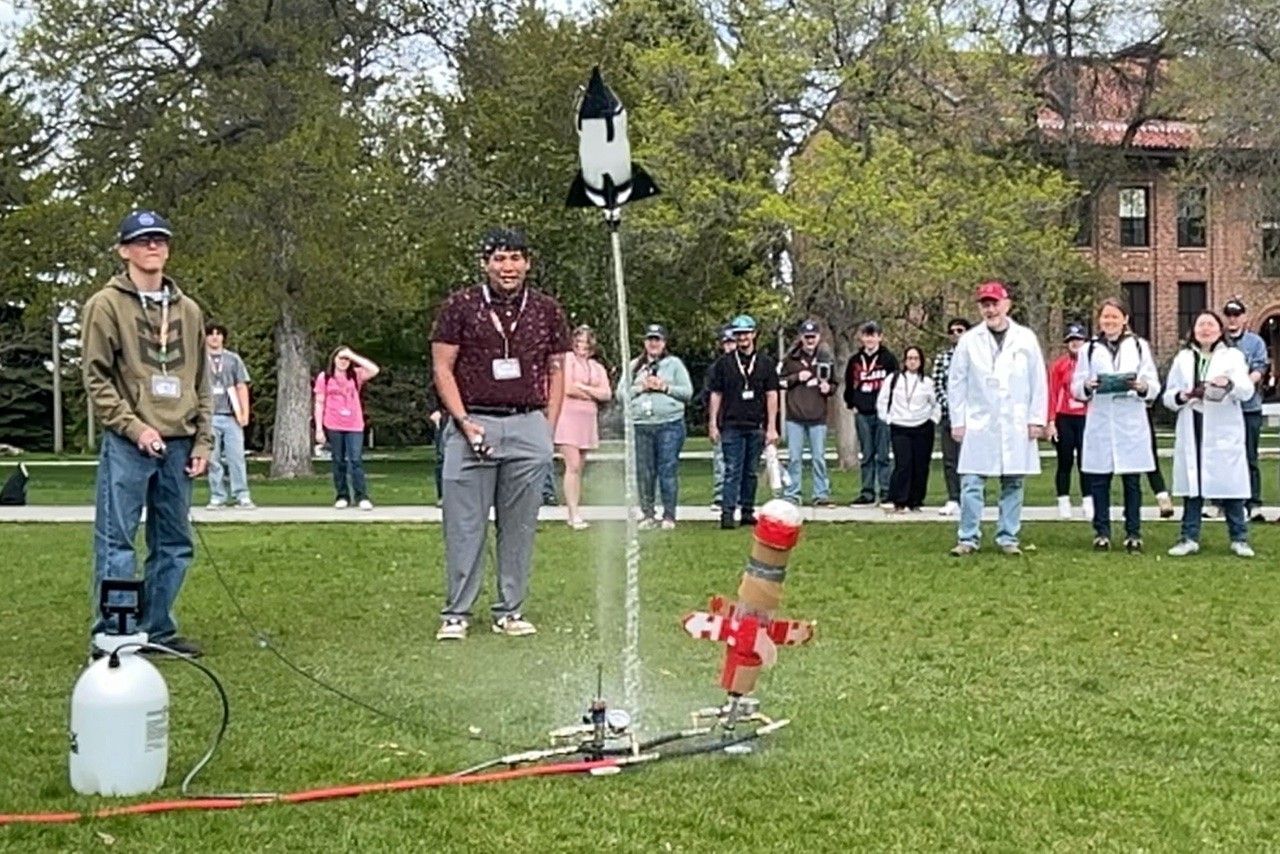
Planetary Science Projects Division
The GSFC Planetary Science Projects Division (PSPD) manages projects that will advance the scientific understanding of the solar system in extraordinary ways, while pushing the limits of spacecraft and robotic engineering design and operations. NASA’s robotic explorers gather data to help scientists understand how planets form, what triggers different evolutionary paths among planets, the range of planetary-scale processes that shape a planet, and what makes planets habitable.
In searching for evidence of life beyond Earth, scientists use this data to target zones of habitability, study the contextual geology and chemistry of unfamiliar worlds, and expressions of life signatures. With this knowledge of our solar system near and far, NASA is enabling planetary science and exploration through human missions to destinations beyond low Earth orbit.
Current Projects

MSR
The Capture, Containment and Retrieval System (CCRS) is a payload that is a part of the joint Mars Sample Return mission between NASA and the European Space Agency. The sample return mission architecture continues the work begun by NASA's Mars 2020 Perseverance rover, which is collecting samples on Mars for future return to Earth.

OCELLUS
The Ocellus lidar system is a critical element of the Dragonfly rotorcraft lander that will explore the prebiotic organic chemistry of Titan, the largest of Saturn’s moons. The lidar is a laser-based imaging and ranging technology that will enable altimetry and Terrain Relative Navigation (TRN) for Dragonfly






































